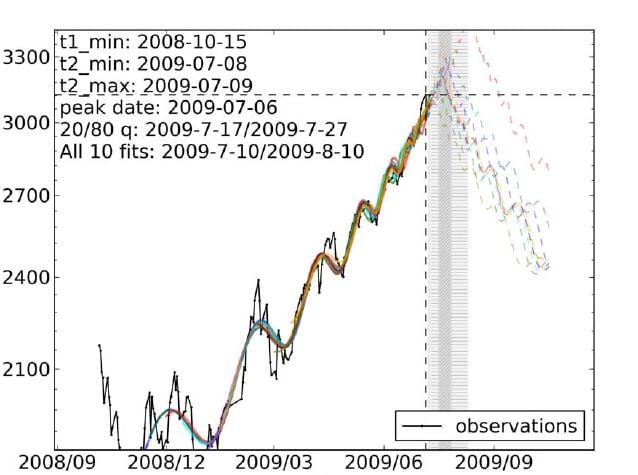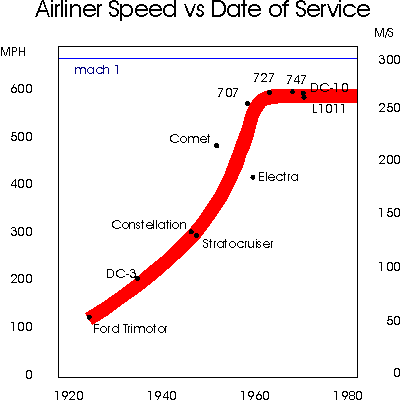This humorous essay at Cracked.com by David Wong has a lot of truth in it about the change we are now seeing in how the economy functions, as so many goods and services are produced using automation: And if someday we do perfect cold-fusion reactors or nanotech manufacturing and everyone has 100 GB/second Wi-Fi connections downloading… Continue reading Forced Artificial Scarcity: the economy of the future


